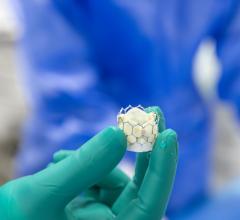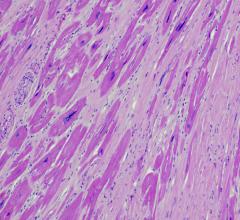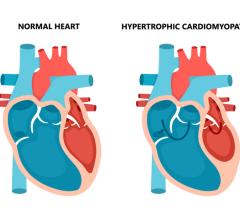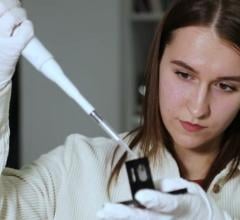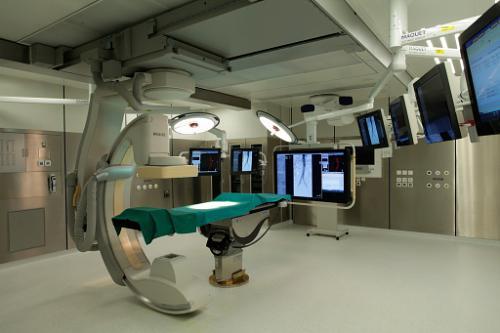
June 19, 2019 — Results from a comprehensive analysis demonstrate the effectiveness of measuring a non-hyperemic pressure ratio (NHPR), pressure distal/pressure aortic (Pd/Pa) alongside fractional flow reserve (FFR) post-percutaneous coronary intervention (PCI). This prospective study validates the diagnostic accuracy of Pd/Pa in identifying residual ischemia post-intervention against the reference standard, FFR. The study was presented at the Society for Cardiovascular Angiography and Interventions (SCAI) 2019 Scientific Sessions, May 19-22 in Las Vegas.
PCI is a nonsurgical procedure that improves blood flow to the heart by using a stent to open up blood vessels. Since 1998, more than 17.5 million coronary angiography and PCI procedures have been performed in the United States (Journal of the American College of Cardiology).
While the value of FFR (a way to measure coronary pressure drop across a stenosis; synonymous to flow under maximal hyperemia) to determine appropriateness of revascularization is well-established and incorporated into current guidelines, there is a growing body of evidence supporting the role of remeasuring FFR after intervention. It has been shown that almost 20-30 percent of patients continue to have residual ischemia (suboptimal flow) after successful stenting as determined by angiography — the current standard for determining procedural success. Furthermore, post-PCI FFR has been associated with long-term cardiac outcomes in multiple studies including post hoc analyses of the pivotal FAME trials.
Despite the robust evidence base, use of FFR in general is very low, especially post-PCI. Multiple factors including additional procedure time, cost and patient side effects have been cited as potential reasons. Study authors sought to build on this body by evaluating and validating the diagnostic performance of a non-hyperemic index (Pd/Pa), universally available on all pressure wire platforms, against the current “gold standard” of FFR post-PCI.
The study evaluated more than 1,200 patients and 1,600 vessels, comparing accuracy of Pd/Pa pre-and-post PCI against FFR. The diagnostic accuracy and comparative performance of Pd/Pa was then prospectively validated in 230 patients and 264 vessels against the reference standard FFR in identifying ischemia (<0.80) post-intervention in an ongoing registry (PROPER PCI="Post-PCI Registry Of Physiological Effects of Revascularization") to test the concept of “functionally optimized coronary intervention.”
Results showed that Pd/Pa had a significant linear correlation between Pd/Pa and FFR. In the prospective validation cohort, a Pd/Pa value of <0.90 demonstrated excellent diagnostic performance against FFR in identifying residual ischemia (FFR<0.80) with an area under curve 0.91 (sensitivity 76 percent and specificity 92 percent)
“We strongly believe that the best result of a PCI is not only a successful stent implantation but the demonstration that improved blood flow has been established and ischemia eliminated, the principal mechanism by which PCI improves symptoms and clinical outcomes in patients. The concept being functionally optimized revascularization,” said lead author Abdul Hakeem, M.D., FSCAI, Rutgers Robert Wood Johnson Medical School in New Brunswick, N.J. “The results of our study provide clinicians with an accurate instrument to gauge the physiological success of PCI, which is associated with reduced treatment times, decreased costs and potentially improved clinical outcomes. We believe that a hybrid approach using Pd/Pa generally and FFR in selected patients (those with Pd/Pa<0.90) post PCI will improve the functional and likely clinical outcomes of percutaneous interventions.”
The authors call for physicians to routinely measure Pd/Pa after intervention to establish the physiological success of PCI.
For more information: www.scai.org

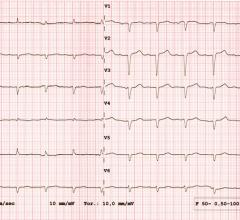
 May 20, 2024
May 20, 2024 



